It's been just about a decade since MSI launched the first RGB-lit motherboard,
the X99A Godlike Gaming, with its "2,000" glowing colors to choose from being a far cry from the 16.7 million that were promised not long after. But at the time of the X99A Godlike's launch, I had spent the previous decade of my PC building days buying single-color cold-cathode fluorescent lights (CCFLs) to illuminate my windowed PC cases, from sites like FrozenCPU and Xoxide.com. These were typically available in five colors: red, blue, green, white, and UV (my favorite), with other colors arriving as the years progressed.
Back then, if you wanted to change your PC's internal lighting from one color to another, you had to buy a whole other set of lights and install them behind the case door (usually with double-sided tape that was about as reliable as an untested overclock). So the idea of being able to change your PC's lighting color by going into the BIOS or firing up your motherboard software in Windows and choosing a hue and / or a lighting effect preset was a revelation.
Plus, PC CCFLs were rigid tubes that can't be cut, and they required a bulky inverter box that was often hard to hide in the case, and even harder to keep from crashing down onto your hard drive or other component when the sticky tape inevitably failed. Unless you bought short CCFL lights and got really creative about placement, in those days, you were really just lighting up the edge of your case window, not specific components or areas on your motherboard. Still, there was little denying that in-case lighting just looked cool – at least to a subset of PC enthusiasts, myself included. So I understand why motherboard RGB took off.
RGB in everything
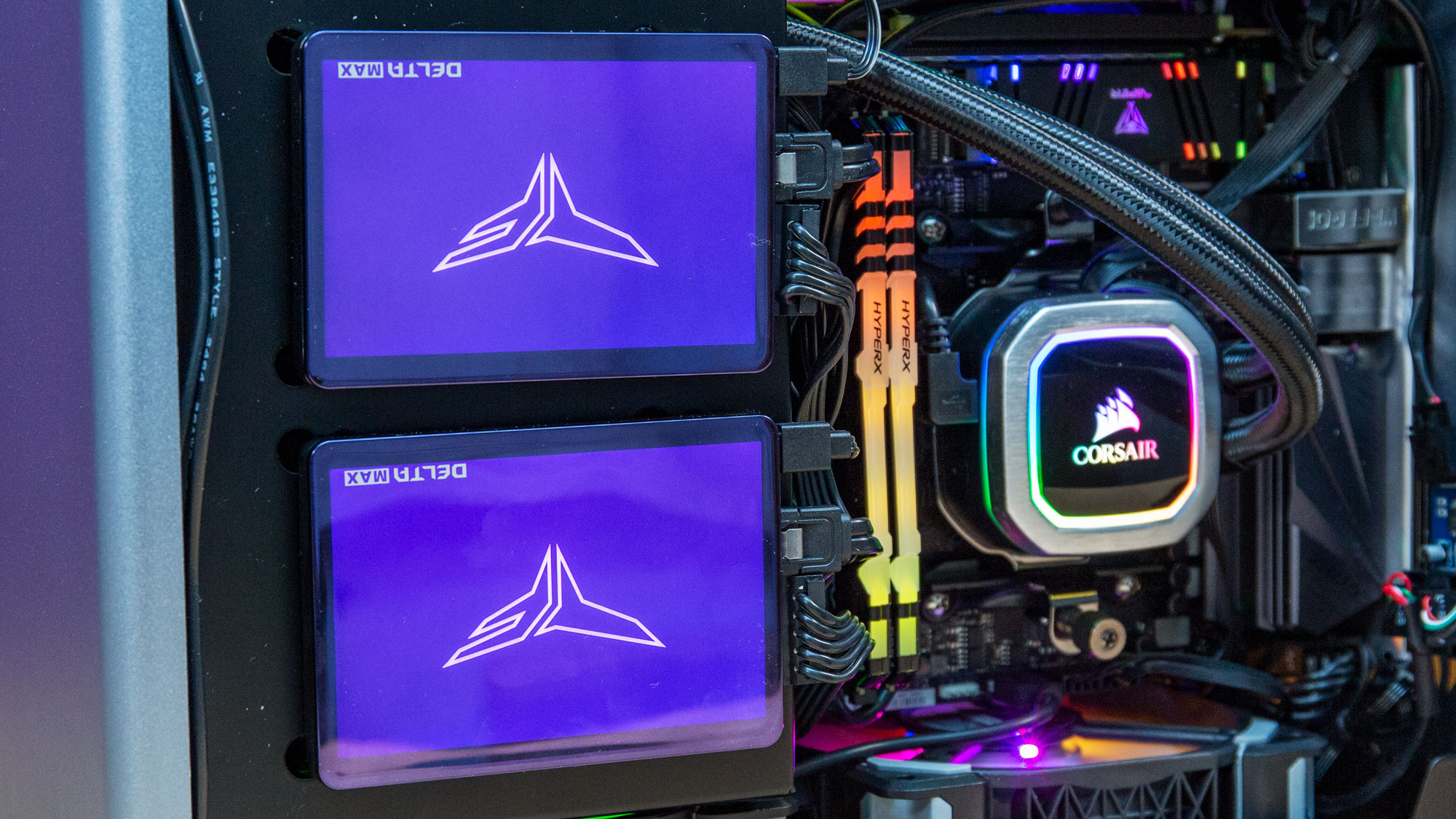
It's perhaps little wonder, then, that not long after MSI birthed the X99A Godlike, many less-godly motherboards started shipping with configurable RGBs of their own, and the amount of lights on each board seemed to increase with every chipset generation for years. Gigabyte in particular adopted a "more is better" lighting stance, particularly on its Aorus motherboards — a sub-brand that launched in 2014 and has been so successful that it's now seemingly consumed nearly the entirety of Gigabyte's consumer motherboard lineup.
And of course, most motherboard makers also sell peripherals, cases, and other PC-related devices. So, RGB lighting quickly replaced the typically red or white backlights on new mechanical gaming keyboards, and RGB replaced the single-color LEDs in fans. Corsair was an
early adopteron
both fronts, but seemingly every other PC hardware maker soon followed. And by 2018, RGB had pushed its way into nearly everything we cover, including
mouse pads, SSDs, GPUs, and even products where the RGB isn't typically visible to the user, like RGB mice, PSUs, and headsets. And of course,
gaming laptops didn't escape the RGB-ificationof everything PC related. We're still seeing RGB light bars in some new models here in mid-2025.
Coincidentally, 2018 was when I ran into a long-time public relations lead who worked for a major motherboard and PC maker, who told me, confidently, that "this whole RGB thing is a fad. It'll blow over in a year or so." But it really only got worse after that, perhaps peaking during the pandemic when we were stuck inside. Many people had extra cash to splurge on gaming hardware then, because they had cancelled vacations, and multi-sided glass or "fishbowl" PC cases became insanely popular.
The fishbowl trend started with Lian Li and its expansive
O11lineup, and went into maximum overdrive in 2022 with
Hyte's Y60(and the many variants and copycats that followed). The latter gave you not two but three panes of case glass, offering builders and gaming PC buyers a panoramic view of all their PC parts, and all the more reason to all-in on RGB. To this day, most new higher-end PC cases seem to be adapting similar glass-happy design elements. To coincide with all that glass to show off your case internals, 2022 was also the year that Lian Li launched the Strimer V2, which effectively turned your 24-pin and 8-pin power cables into an RGB rainbow, or a reasonable facsimile of my most feared Mario Kart course.
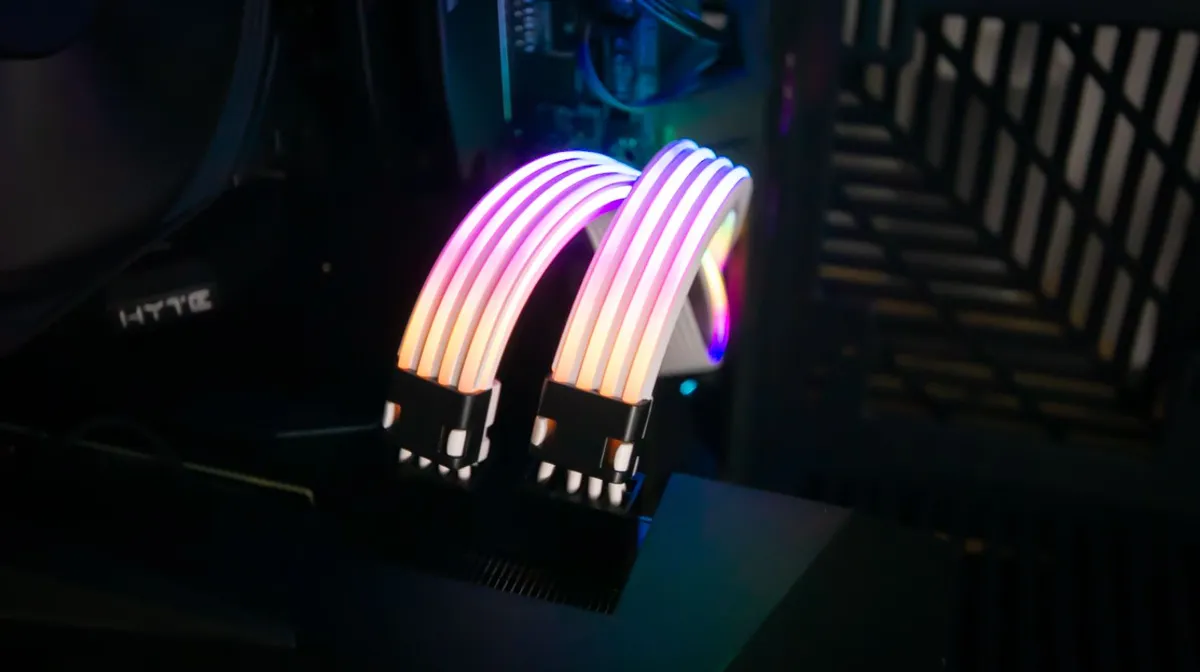
RGB hate
Of course, there were RGB detractors even before it became nigh-impossible to buy or build a PC without lots of glowing lights. After all, many enthusiasts only care about performance (be that clock speed, frame rates, or acoustics), and plenty of PC users and gamers alike prefer to leave the glowing to their monitor screens. Even back in 2005 when I was putting cold cathodes in my Athlon 64 X2-based system (and trying to find something that taxed my two CPU cores at once), people were warning about heat and the possible instability that could come from adding a bunch of extra electrical parts to your PC.
But I didn't listen. I also had a drive bay screen at the time with a red vacuum fluorescent display that would interface with Winamp to show titles of the songs I was listening to. Sure, it only worked half the time after I force-restarted the software, but I still remember that screen as one of the coolest PC accessories I've ever owned. If I could buy one today with an RGB backlight that worked with YouTube Music, I probably would – of course, then I'd also need to find a PC case with a 5.25-inch front drive bay and room for my
RTX 4090.
You can, of course, usually turn modern RGB lighting off, but if you're dealing with luminous parts from multiple companies (as PC users almost always are), you're going to have to install multiple pieces of software just to watch a movie or do some work in the dark without an ever-present rainbow glow. (My old Matrix Digital VFD display just had a push button to turn the red backlight off.) And as our keyboard and mouse expert has pointed out in several meetings and at least once using the written word, modern
peripheral and RGB software sucks. The only people I've ever heard disagree with that are those who work for the companies that make it – and some of them will agree off the record that it's a mess.
It's worth pointing out that products like
SignalRGBand Microsft's own
Dynamic Lightinghave attempted to take some of the software pain away from RGB. But in my experience, these alternatives never work with everything you might have and don't give you the level of control you probably expect from your RGB devices.
So what do you do if you don't want RGB lighting in your build and you don't want to install six pieces of buggy, resource-hogging software to turn it off? Not so long ago, there wasn't a great answer to that question other than being extremely selective with your PC part choices, or going with higher-end, pricier hardware designed for workstations. And even then, there was a good chance you'd still end up with unwanted lighting shoved into something you need for your build.
RGB decline
But things have almost imperceptibly shifted over the past year. There are still lots of new PC parts aglow with RGB. Much of what I saw at
Computex 2025incorporated RGB in some form, so it's not exactly going away. But over the last several months, more than a few of the motherboards we've reviewed (
including some with high-end chipsets) lack any integrated RGB for the first time in several years, and nearly all new boards have less lighting than in recent years. The RGB headers remain, though, so you can add your own lights if you want.
On top of that, I've seen more new PC cases that forego either RGB entirely, like
Lian Li's Lancool 217and the
Fractal North, and more chassis that can ship either with or without RGB fans, so at least you can choose (and save a few bucks if you don't want lights). And sure, perhaps we're biased, but seven of the 11 chassis currently on our
best PC cases listship without RGB fans.

Heck, even Hyte, which was clearly all-in on RGB at CES 2024, chose Computex 2025 to announce a colorful, bubbly X50 case with curved glass, six color options and, shockingly, no RGB. If a case trend-setter like Hyte is launching a new design-forward chassis without even a mention of lights, it's clear to me that we've gone a step or two past peak RGB. While the X50 case was still in development when I saw it, Hyte seemed more interested in shipping fans that match the uniq colors of the case than with interior RGB.
Long live RGB and… screens on everything?
I know there are more than a few PC builders and enthusiasts who will be happy to know that we're past peak RGB (probably), but I hope it doesn't go away – nor do I think that's at all likely. There will always be those of us who are drawn, like moths, to the glowing rainbow of RGB. And honestly, with ever-increasing prices and the… let's say less-than-stellar gen-on-gen performance gains of current-gen graphics cards, this PC hobby of ours (OK, it's a career for a lot of us here on the Tom's Hardware staff) could use all the new PC builders and gamers it can get.
As long as those of us who don't want RGB in every PC build still have good component options (which I think is finally becoming the case again), I'm happy to live alongside a healthy ecosystem of RGB-lit components and peripherals. I still prefer RGB in my keyboards, even if I do mostly mostly stick to orange with my current daily driver, to
match the copper keycaps.
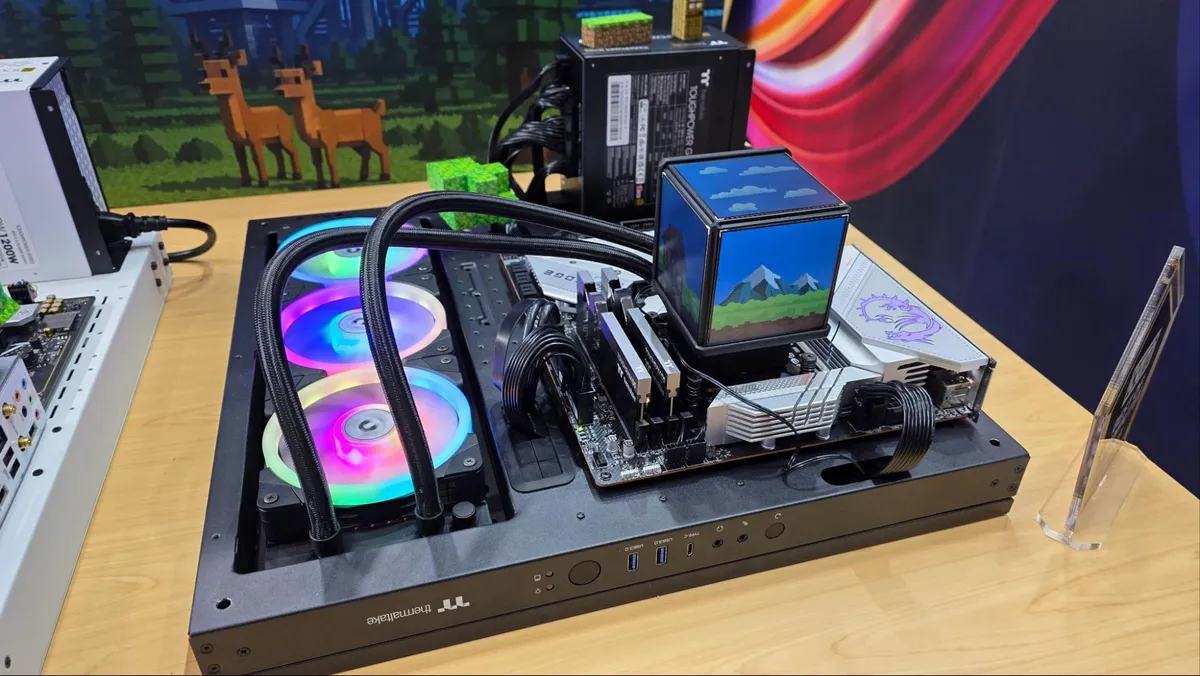
That said, those unhappy with the rise of RGB now have another eyeball-distracting adversary on the horizon. For those who weren't satisfied with millions of selectable RGB colors, the new trend is putting screens pretty much everywhere RGB lights used to be. We've seen small screens in higher-end AIO coolers for years now, followed by
screens in cooling fans. And most recently, Thermaltake showed off a cube-themed AIO cooler with
four separate screens on it– plus RGB fans. And V-Color even put a screen on its Xfinity Manta DDR5 RAM.
I'm not saying Lian Li is working on a 16-pin power cable with a thin, flexible OLED screen running down it, or that Corsair has a headset in development with a customizable screen over each ear cup. But having been down this (rainbow) road before, I wouldn't be surprised to see either at Computex 2026.

 4 months ago
14
4 months ago
14
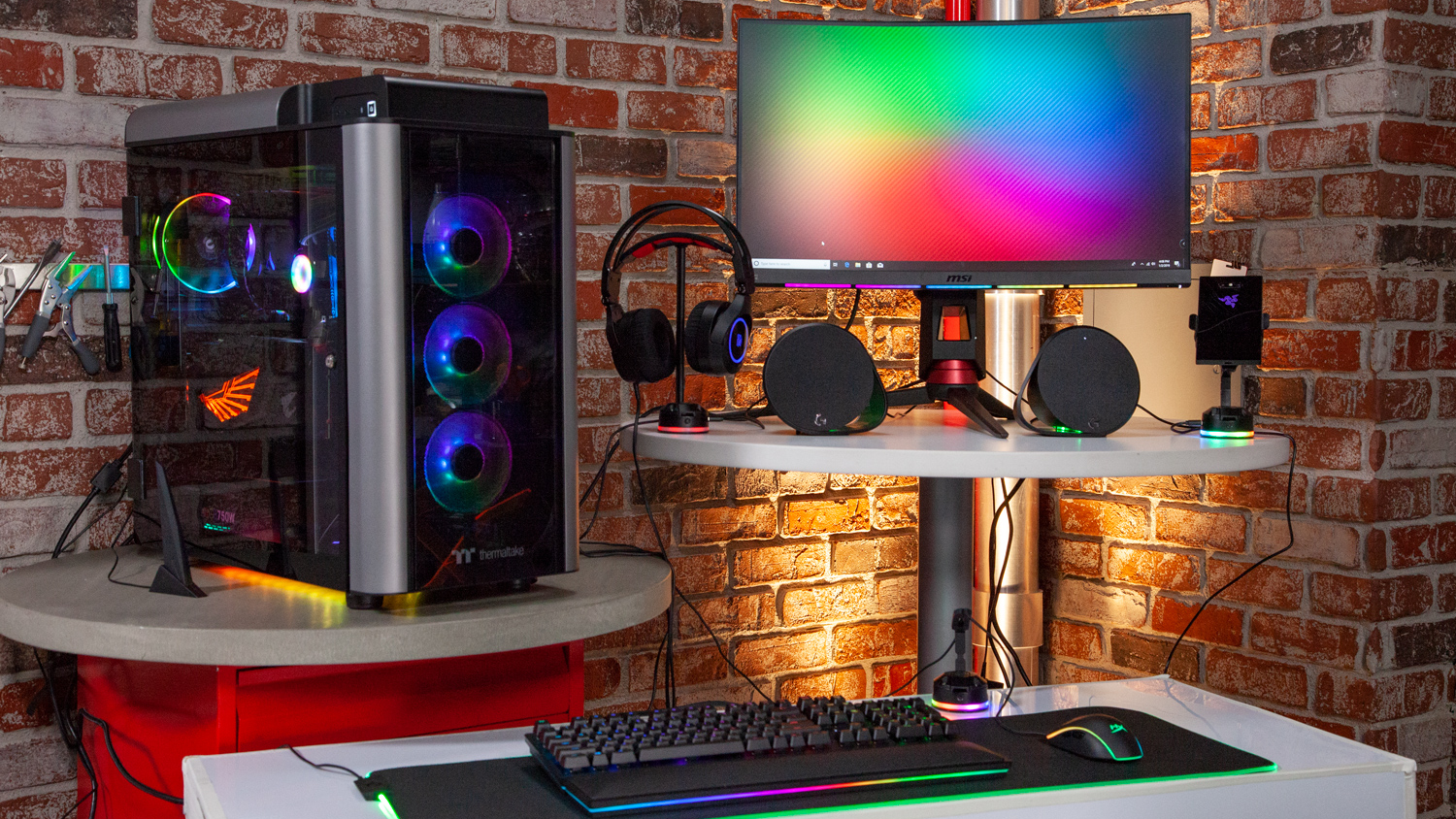
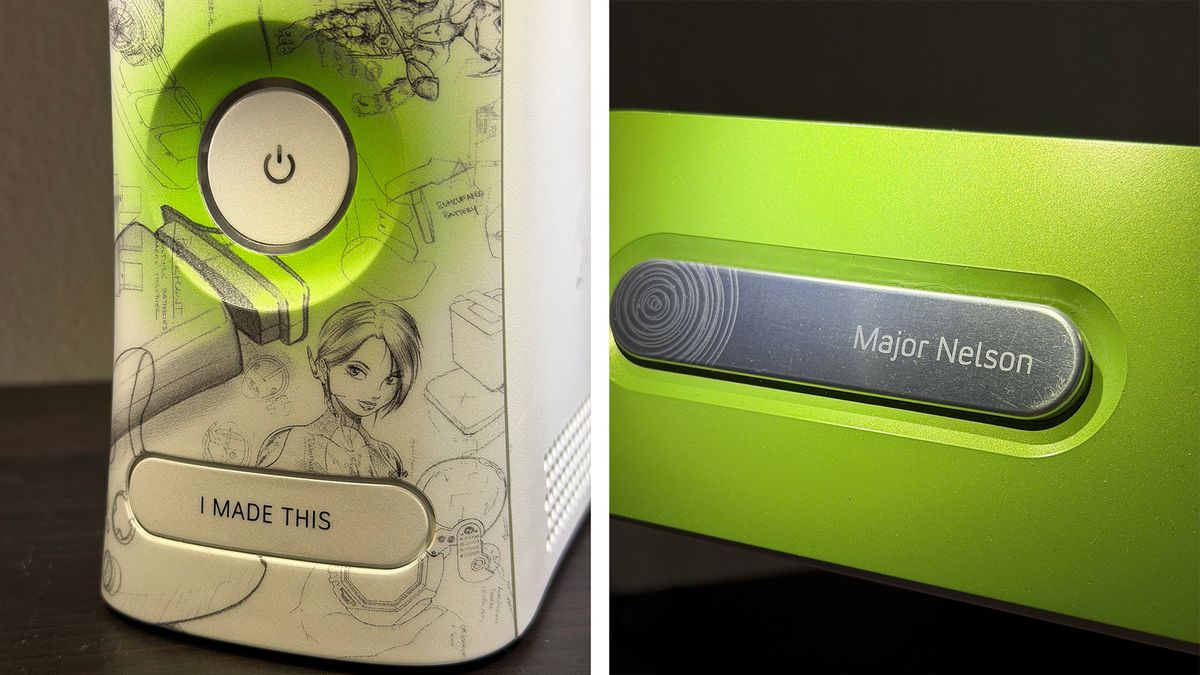

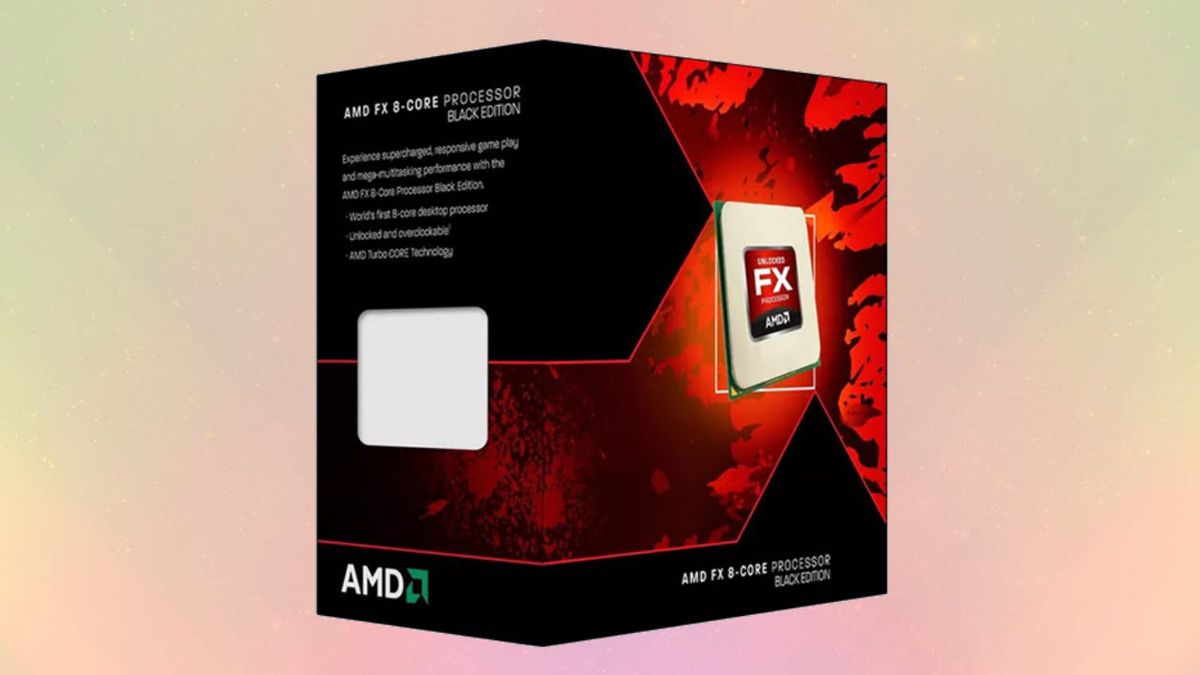






 English (US) ·
English (US) ·